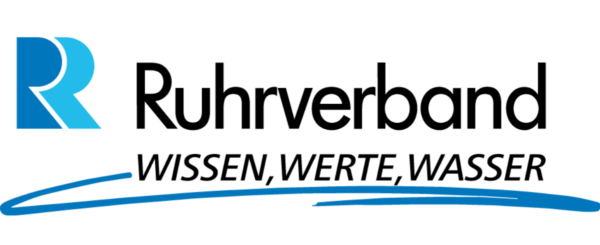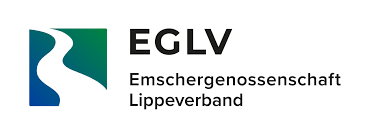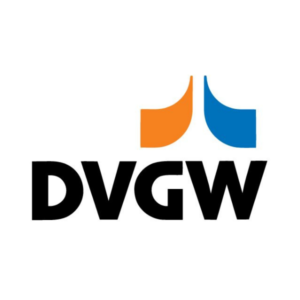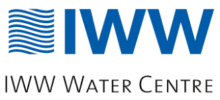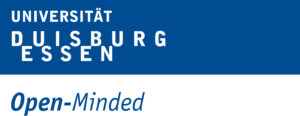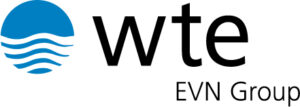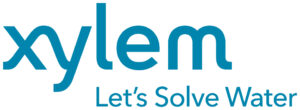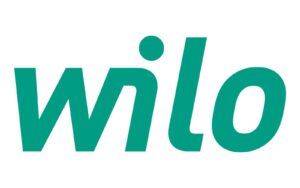The 19th IWA Leading Edge Conference on Water and Wastewater Technologies
24 – 28 June 2024 / Essen, Germany
Abstract submissions for poster presentations are open until 3 June
The LET conferences
The IWA Leading Edge Conference on Water and Wastewater Technologies is designed to be the place for sharing the latest insights into how pioneering science, technological innovation and leading practices will shape the major transformation in water management that is underway.
See you in 2024 in the Ruhr region in Germany!
IWA LET 2024 Co-organisers
The main host country organiser of LET 2024 19th Leading Edge Conference on Water and Wastewater Technologies is the IWA German National Committee (GNC), with Ruhrverband, Emschergenossenschaft/Lippeverband and Gelsenwasser. The IWA GNC is supported by the following host country partners:
• German Association for Water, Wastewater and Waste (DWA)
• German Technical and Scientific Association for Gas and Water (DVGW)
• Technical University of Munich (TUM)
• Research Institute for Water Management and Climate Future at RWTH Aachen University (FiW)
• IWW Water Centre
• The Centre for Water and Environmental Research (ZWU) at University of Duisburg-Essen
• Institute of Environmental Engineering at RWTH Aachen University (ISA)
LET 2024 Host Country partners
LET 2024 Sponsors include:
See all the sponsors here Sponsor – IWA-LET.

